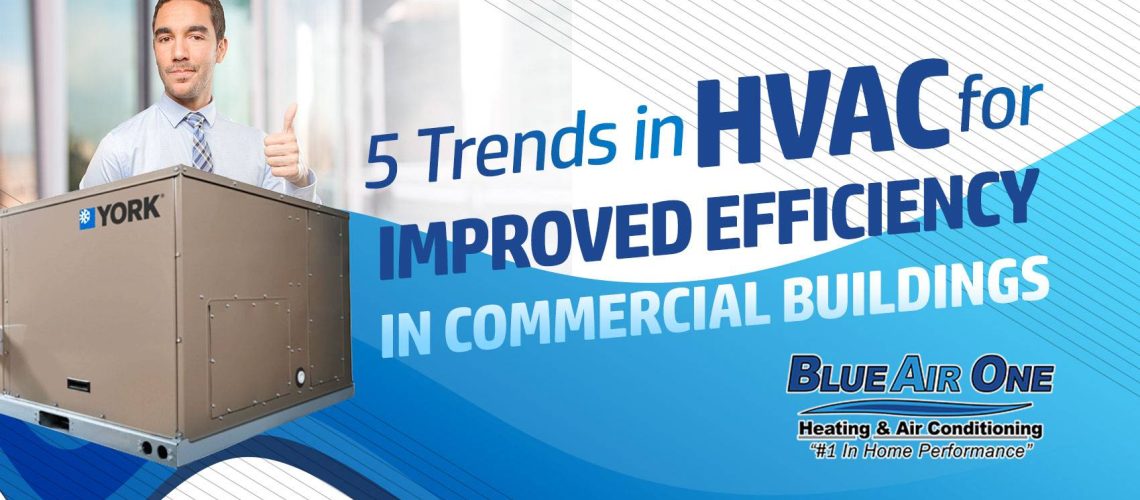Your HVAC system is possibly the largest consumer of energy in your commercial building. With this, new technologies and trends in the HVAC industry are centered on improving efficiency. If you want to make your building more convenient and comfortable, here are HVAC enhancements that you can invest in.
- Geothermal Systems
- Smart Controls
- Variable Speed Controls
- Integration
- Variable Refrigerant Flow (VRF) Systems




